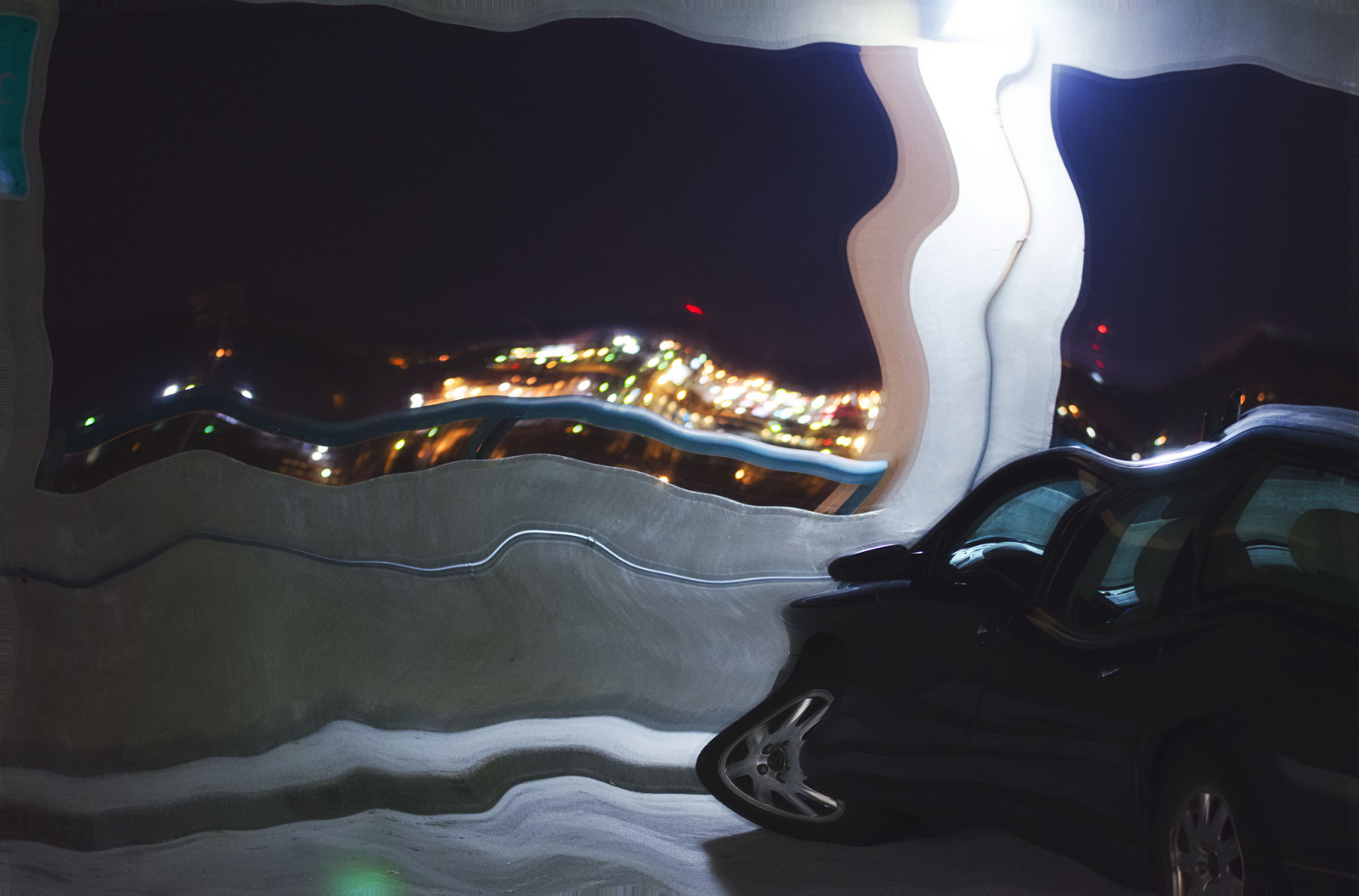How acid sends you tripping
Interview with
Khalil Thirlaway gives us the lowdown on LSD, aka Acid.
Khalil - Think of LSD and you probably think about The Beatles' iconic movies of merging colours and floating submarines or flower power and the heady stories of 1960's San Francisco.
Acid has been the controversial inspiration to many great thinkers from Aldous Huxley to Steve Jobs but what's happening in the brain to give such life altering experiences?
The hallucinogen LSD, or lysergic acid diethylanine, was brewed almost a hundred years ago in Switzerland, and like many scientific discoveries was a bit of an accident. In fact, Albert Hofmann, had no way of knowing that his new drug (meant to stimulate blood circulation and breathing) would have a strong psychedelic effect from just the smallest of doses!
After accidentally touching a tiny crystal to his tongue, he experienced first-hand the effects his powerful hallucinogenic drug: time slowed down and he later described . "an uninterrupted stream of fantastic pictures, extraordinary shapes with intense, kaleidoscope like play of colors."
For the next couple of decades LSD led a glamorous existence as it was experimented with in science, music, literature and even used by in mind control experiments by the CIA before it was made illegal in the late 1960's.
When a person takes LSD, part of it is metabolised in the liver and eventually excreted, while the other part quickly gets to work changing things inside the brain.
It's believed that LSD interferes with serotonin, a chemical messenger that has a big role in mood, emotion and sleep patterns. Through acting on specific receptors, the drug appears to break down barriers that usually separate areas of the brain from each other, allowing vision, movement and hearing to blur together, causing hallucinations and free flow of thought, often referred to as an acid trip . One symptom, known as ego-dissolution, arises as the cells in our brain, our neurons, fail to fire together, preventing the brain from functioning in a coordinated manner. This can dissolve a person's sense of self as their own thoughts are united with the environment, resembling the brain of an infant: free and unconstrained.
But no two LSD experiences are the same and while the idea of a communion with nature may sound tempting it is hard to predict which way a trip will go. With one dose lasting up to 20 hours, and many people reporting repeat trips years later, heaven can soon turn hellish.
- Previous Should we decriminalise drugs?
- Next Using drugs for good










Comments
Add a comment